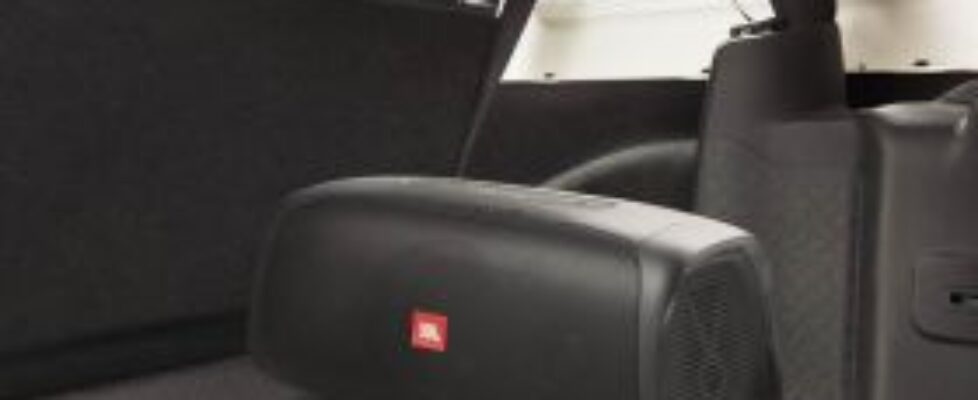What Should I Look for When Buying Jeep Speakers?
Do you love blasting your favorite music at top volume as you speed along on short or long drives? If so, then you will probably want a Jeep Gladiator speaker upgrade. While the Jeep Gladiator is a fantastic vehicle for off-road and adventuring activities, its audio system is not exactly the best in the world. The factory-installed speakers swerve more on the satisfactory side than on the great. If fantastic clarity is what you want from your vehicle audio system, you may want to look at the wide range of available aftermarket speakers.
Things to look for in Jeep Gladiator speakers
When considering a Jeep Gladiator speaker upgrade, one of the first things you might want is to research different aftermarket options. There is no one-size-fits-all for speakers, and you need to check if the ones you are interested in have the depth and breadth to fit into the required areas in your vehicle. The following tips may help you to find the perfect speakers for your Jeep Gladiator to enhance your listening experience:
Check their power handling capacity
It is essential to know about the root mean square (RMS) power handling capacity and peak power handling capacity of the speakers before making your purchase. The continuous power that speakers can safely handle is RMS power handling. The maximum power they can handle in short bursts is peak power handling capacity. If the power supply exceeds this power handling capacity, it will ruin the speakers.
So, if you get speakers with 30 watts RMS and 60 watts peaking rating, you will be using 30 watts continuous power to run the speakers, and they will be able to handle occasional power bursts up to 60 watts. Anything higher than 60 watts will not be safe for the speakers.
Find out about speaker sensitivity
You can find information about the speaker decibels in their specs. Decibels (dB) measure the speaker sensitivity. Speakers with higher sensitivity levels produce a louder sound volume. So, if you want really loud speakers, you need to check their decibel levels. The 87-88 dB speakers will produce average sounds, while speakers with 90-92 dB levels can achieve incredible loudness.
Measure the size of the speakers
Aftermarket speakers from different manufacturers can vary by design and size. So, you may need to take exact diagonal measurements of their frames to determine if they can replace the factory-installed ones. If they are not the same size, you can use brackets to fit them.
Consider the number of speakers you can install
While bigger-sized speakers will emit louder sounds, you need to consider the available space when installing them. You may be able to install only a specific number in the Jeep Gladiator interior without sacrificing space or causing inconvenience. For instance, you can get five front speakers, such as a center dash speaker, two woofers in the doors, and two tweeters in the dash corners. You can also install a soundbar overhead and speakers in the rear doors, rear deck, and tailgate area.
Ensure the speakers you buy are waterproof
While you are out adventuring in your Jeep Gladiator, exposure to rain and water is inevitable. So, you will require speakers that can withstand getting soaked or exposed to the elements. Look for marine-grade, 100% waterproof speakers built specifically for outdoor use.
Decide if you want to get speaker add-ons
You can enhance the appearance of your stereo system setup with RGB speaker add-ons that come with colored LED lights with multiple functions and different lighting modes. If you want to continue listening to your favorite music even after exiting the vehicle, consider getting portable BlueTooth speakers. They are easy to install and charge as you drive.
Look for high-quality subwoofer boxes
Subwoofer box enclosures are necessary for housing the subwoofers you install to get booming bass sounds. The top-quality ones are available in thick, durable MDF. You can customize these subwoofer boxes to fit your Jeep Gladiator interior. By doing so, you can protect your subwoofers from being damaged by vibrations and bumps. They can also improve the bass sound quality by preventing the rear and front sound waves from colliding together. Such a collision would flatten the sound.
